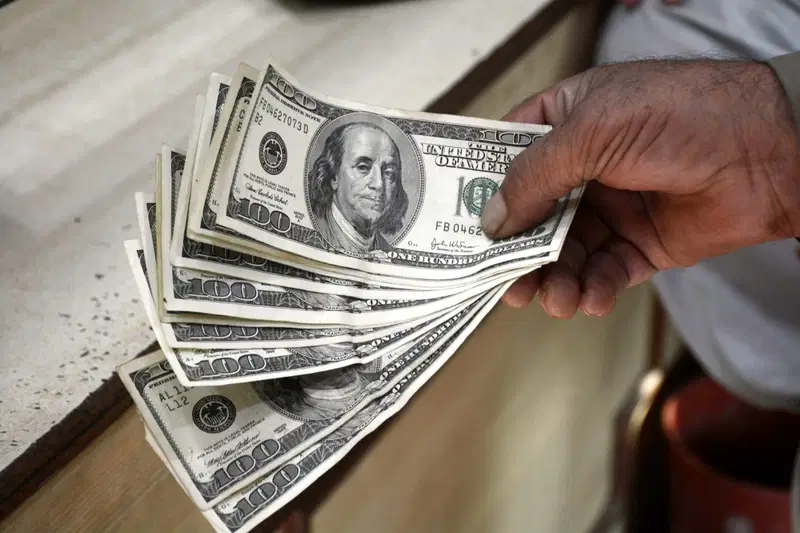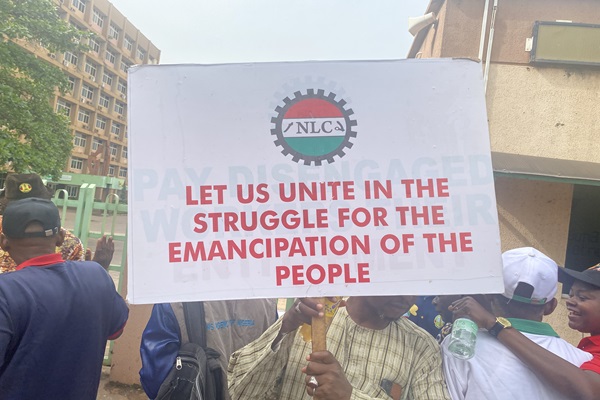Naira Slips Slightly as Dollar Trades Around ₦1,460–₦1,505 Across Markets
The naira traded slightly weaker across Nigeria’s foreign exchange markets on Wednesday, October 15, 2025, with rates hovering between the mid-₦1,400s and ₦1,500 per dollar depending on the market segment.
At the official market (NFEM/CBN) — the volume-weighted average used for bank and corporate transactions — the naira closed around ₦1,460–₦1,468/$1, while the Central Bank’s published reference rate stood between ₦1,462–₦1,463.
In the parallel market, however, retail dealers quoted the dollar at about ₦1,485 for buying and ₦1,505 for selling, keeping the spread between official and street rates in the range of ₦20–₦45.
Why the Gap Persists
1. Liquidity differences:
The NFEM reflects transactions involving banks, authorised dealers, and official flows, while the parallel market captures short-term retail demand — such as travellers and small businesses — where dollar liquidity is tighter.
2. Policy and reserves:
The CBN’s official rates tend to adjust gradually compared to the black market, as they are anchored to official supply levels and used by banks and businesses for invoicing, transfers, and settlements.
3. Global influence:
International market trends continue to shape local FX sentiment. On Wednesday, the U.S. dollar weakened slightly against major currencies as traders anticipated possible Federal Reserve rate cuts, easing some of the pressure on emerging-market currencies, including the naira.
Outlook
Analysts expect modest volatility in the coming days as importers, corporates, and diaspora inflows interact with CBN interventions and global FX trends. Attention remains on whether official rates — monitored through FMDQ/NAFEX flows — can close the gap with parallel market prices.
Read Also;
Dollar to Naira exchange rate today, October 13, 2025
What It Means for Nigerians
Importers and corporates: Plan transactions using official NFEM rates around ₦1,460–₦1,468/$1, but be mindful that sourcing dollars informally could cost significantly more.
Consumers and travellers: Street exchange rates remain high — expect to pay about ₦1,485–₦1,505/$1 if buying cash from parallel-market dealers.
Remittance receivers: Those using formal banking or fintech channels will get closer to official rates, while funds received through informal methods will reflect the higher parallel rate.
In short, while the naira remains relatively steady in official windows, the ₦20–₦45 premium in the parallel market continues to highlight Nigeria’s FX liquidity challenges.




